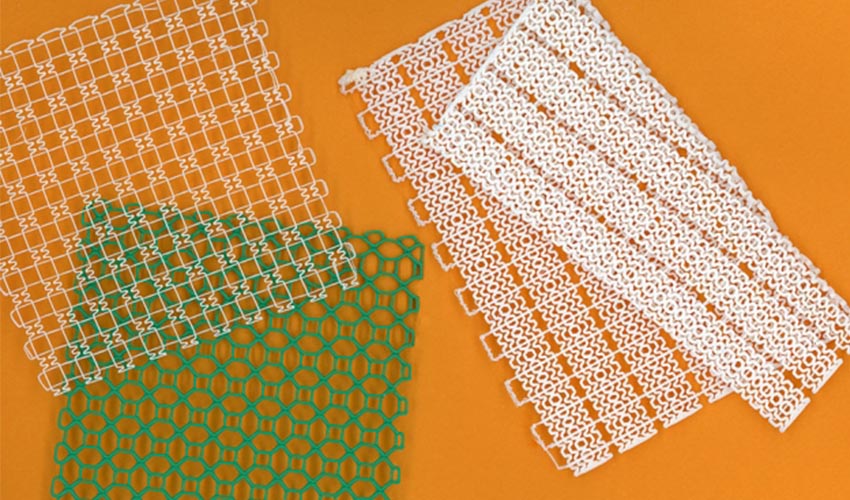Engineers at MIT develop 3D printed mesh for ankle and knee braces

In our last ranking about 3D printed orthoses, we shared with you some of the projects and products being enhanced by 3D printing technologies. The ability to customise these medical devices in order to offer a personalised solution for each patient is a key reason for the use of additive manufacturing. However, can we push personalisation further? Recently, engineers at MIT designed pliable, 3D printed mesh materials whose flexibility and toughness has been designed to support softer tissues such as muscles and tendons. This new technique is different from previous ones, which usually rely on printing supports from solid, relatively inflexible materials.
More precisely, the engineers envisioned the tough yet stretchy fabric-like material being used as personalised, wearable supports, including ankle and knee braces, and even implantable devices, such as hernia meshes that better match to a person’s body. Sebastian Pattinson, who conducted the research as a postdoc at MIT explains, “This work is new in that it focuses on the mechanical properties and geometries required to support soft tissues.”
For example, the researchers fabricated a knee brace design that could conform to the knee even as it bends. Additionally, they designed and produced a glove with 3D printed mesh sewn into its top surface to conform to a wearer’s knuckles. “3D printed clothing and devices tend to be very bulky. We were trying to think of how we can make 3D printed constructs more flexible and comfortable, like textiles and fabrics. One of the reasons textiles are so flexible is that the fibers are able to move relative to each other easily. We also wanted to mimic that capability in the 3D-printed parts”, explained Pattinson.

Credits: M. Scott Brauer via MIT
3D printed mesh: collagen as an inspiration
Pattinson explains that he found inspiration in collagen, the structural protein that makes up much of the body’s soft tissues and is found in ligaments, tendons and muscles. After studying collagen’s molecular structure, Pattinson designed wavy patterns which he 3D printed using thermoplastic polyurethane as the printing material. He successfully managed to create a mesh configuration that resembles stretchy yet tough, pliable fabric.
Following this, the researchers at MIT printed a long strip of the mesh and tested its support on the ankles of several healthy volunteers. To understand how the mesh was affecting the volunteers, they used an Anklebot that measured the force the ankle exerted with several movements, with and without the mesh. In general, they found the mesh increased the ankle’s stiffness during inversion, but did not really affect it as it moved in other directions. “The beauty of this technique lies in its simplicity and versatility. Mesh can be made on a basic desktop 3D printer, and the mechanics can be tailored to precisely match those of soft tissue”.
Furthermore, the team also developed two other techniques to give the printed mesh an almost fabric-like quality, enabling it to conform easily to the body, even while in motion. You can find more information HERE.
*Cover Image Credits: Felice Frankel
What do you think about 3D printed mesh as a new technique for ankle and knee braces? Let us know in a comment below or on our Facebook and Twitter pages! Sign up for our free weekly Newsletter, all the latest news in 3D printing straight to your inbox!







